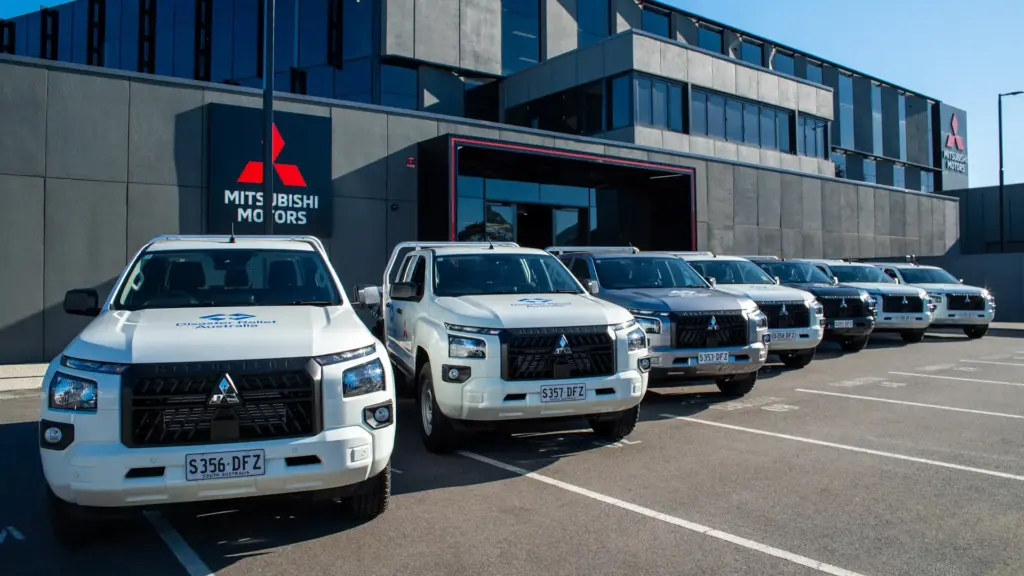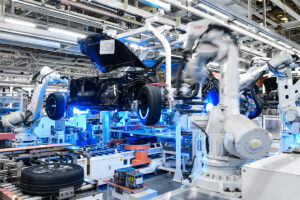
Mitsubishi Australia has acknowledged a significant shift in its market position as Chinese car brands continue to gain traction in Australia. Once a Top Five brand, Mitsubishi has slipped to sixth place by the end of September, with sales dropping 16.4% to 47,650 units this year. The decline is attributed to the brand’s inability to keep pace with new safety regulations and the aggressive expansion of Chinese competitors.
The announcement comes as Mitsubishi was forced to discontinue three of its five models—the ASX, Eclipse Cross, and Pajero Sport—due to new safety mandates requiring autonomous emergency braking (AEB) in all new vehicles. Meanwhile, Chinese brands like GWM, BYD, and MG have surged ahead, making bold promises and backing them with new product launches to compete with established names like Kia, Hyundai, Mazda, and Ford.
Chinese Brands on the Rise
Chinese manufacturers have not only made ambitious claims but have also delivered with a range of new models. GWM and BYD have reported significant sales increases of 23.7% and 149.8% respectively this year, positioning themselves as formidable competitors in the Australian market.
In contrast, Mitsubishi has only recently introduced its second-generation ASX, following a six-month hiatus after the first model was discontinued. The next major release from Mitsubishi, the successor to the Pajero Sport, is still over a year away, highlighting a gap in their product lineup.
Mitsubishi’s Strategic Response
Despite the current challenges, Mitsubishi is not planning to remain in the lower ranks indefinitely. The company has unveiled its ‘Momentum 2030’ strategy, which aims to introduce new models by the end of the decade to enhance its competitive stance. Mitsubishi’s Australian Managing Director, Shaun Hampel, emphasized the importance of balancing timely product launches with maintaining a strong customer base.
“We’re forecasting a five percent total industry volume decrease year-on-year this financial year, but what we’re seeing is a number of entrants competing for that volume is increasing,” Hampel stated.
Hampel also noted that the sheer number of new entrants means established original equipment manufacturers (OEMs) will likely see a decline in market share. Despite this, he remains optimistic about maintaining a Top 10 position by year-end.
Focus on Customer Experience
As part of its recovery plan, Mitsubishi is focusing on enhancing customer experience and brand loyalty. Hampel emphasized the importance of not engaging in price wars but rather ensuring the profitability of their Australian operations. The company aims to strengthen its presence in key market segments that have historically been strongholds.
“We are focusing on key segments that have been our historic strongholds, and we’re looking to just fortify our position in those segments through the coming 12 months,” Hampel explained.
Market Implications and Future Outlook
The rise of Chinese car brands in Australia reflects a broader global trend of increasing competition from emerging markets. As these brands continue to expand their offerings and improve quality, established manufacturers like Mitsubishi must adapt to maintain their market share. The success of Mitsubishi’s ‘Momentum 2030’ plan will be crucial in determining its future position in the Australian automotive landscape.
Looking ahead, Mitsubishi’s ability to innovate and meet regulatory requirements will be key to regaining its competitive edge. As the automotive industry evolves, the company will need to navigate these changes while staying true to its core values and customer base.
Ultimately, the ongoing battle for market dominance in Australia serves as a microcosm of the global automotive industry’s shifting dynamics, where agility and innovation are more critical than ever.





